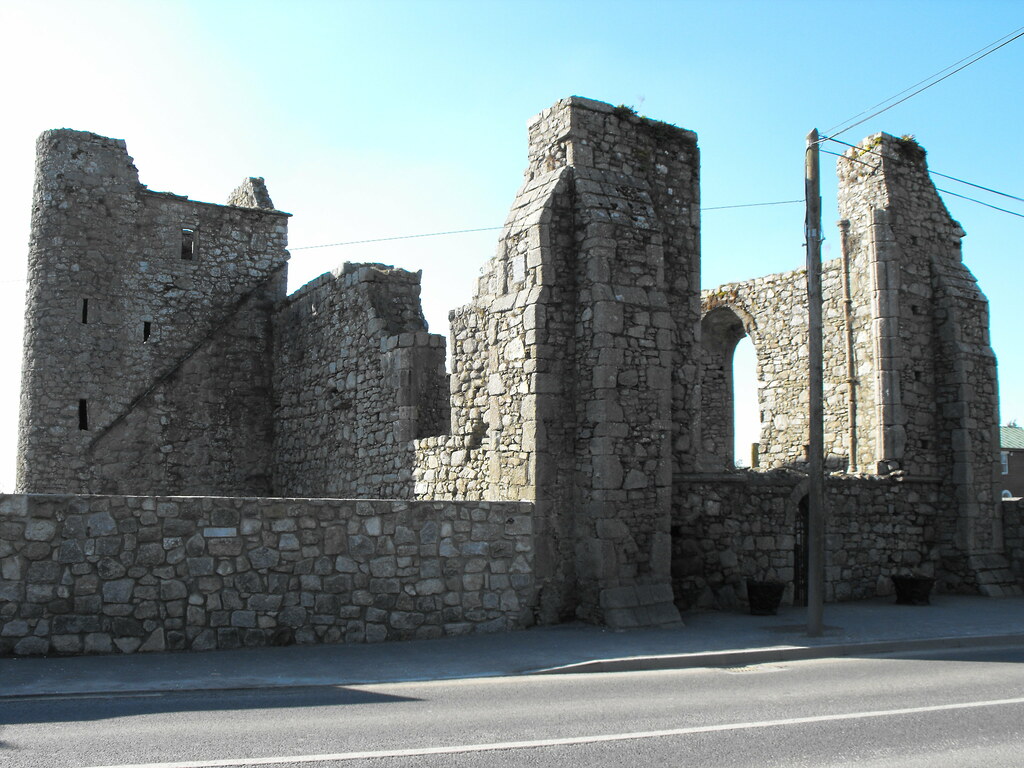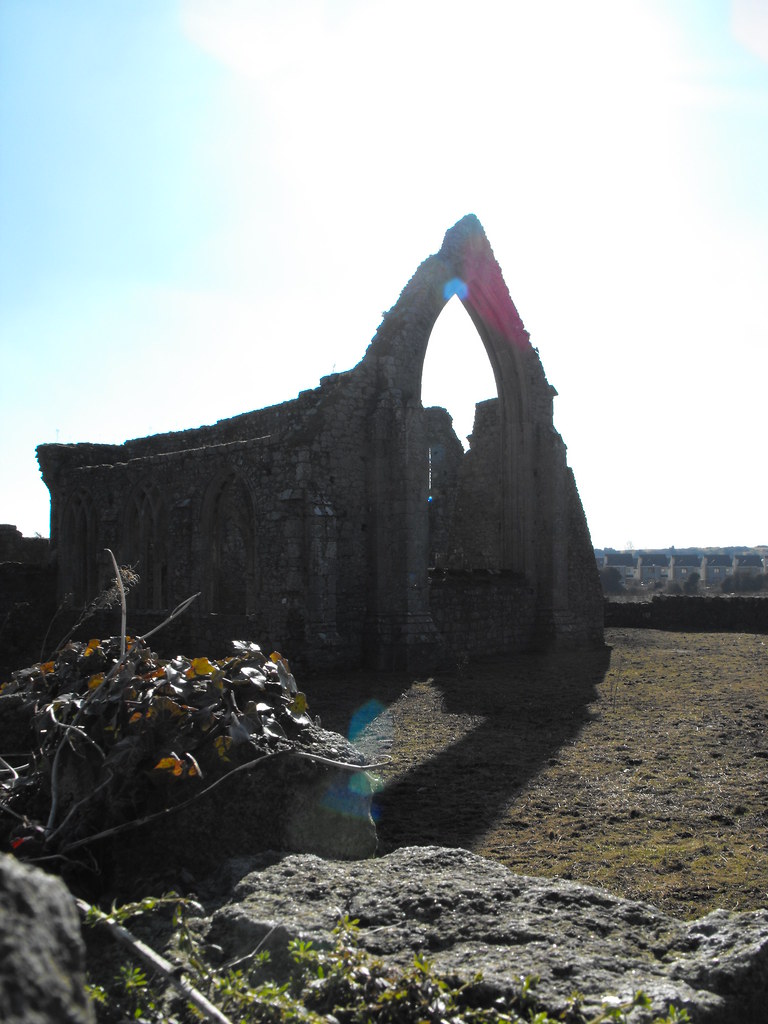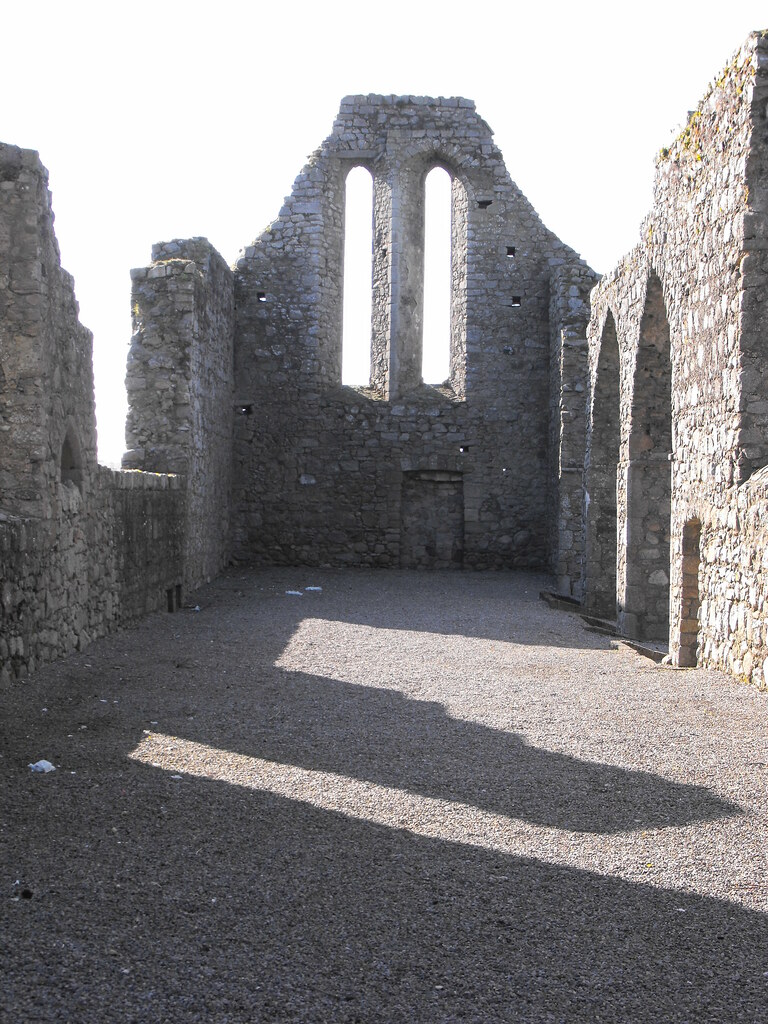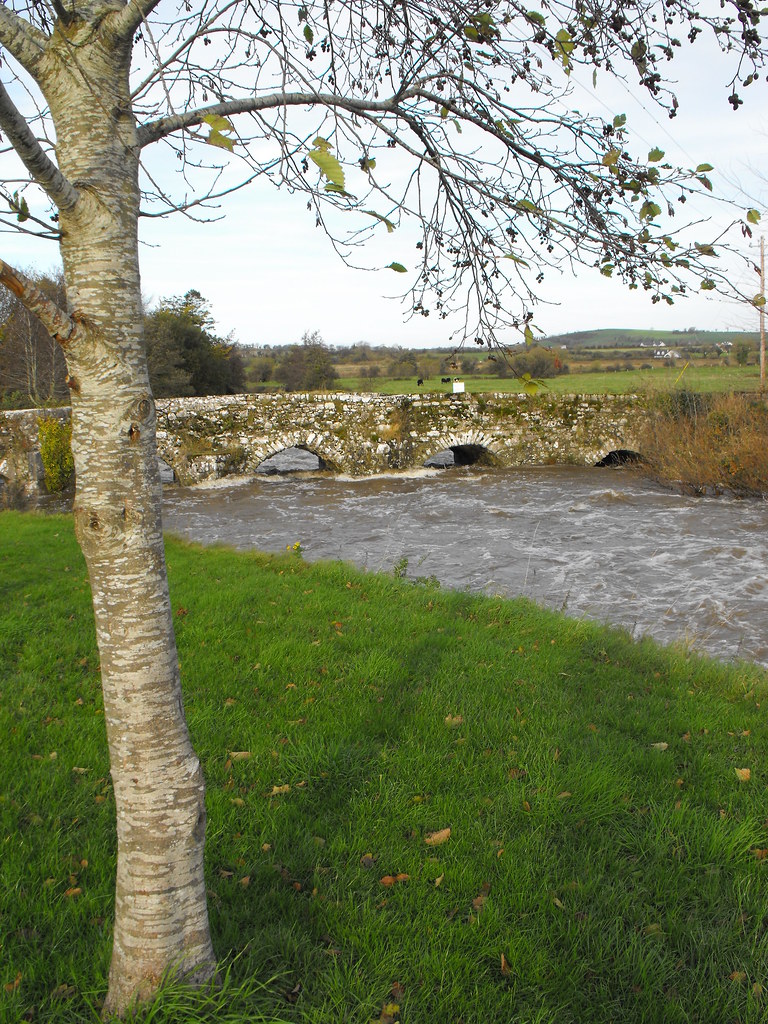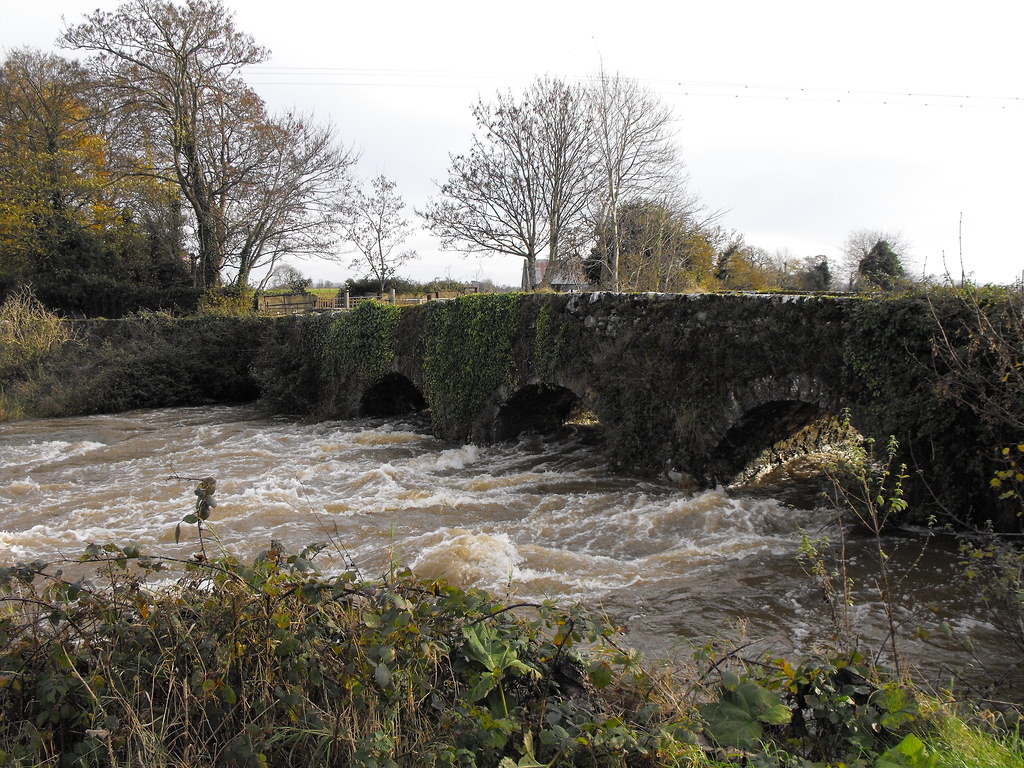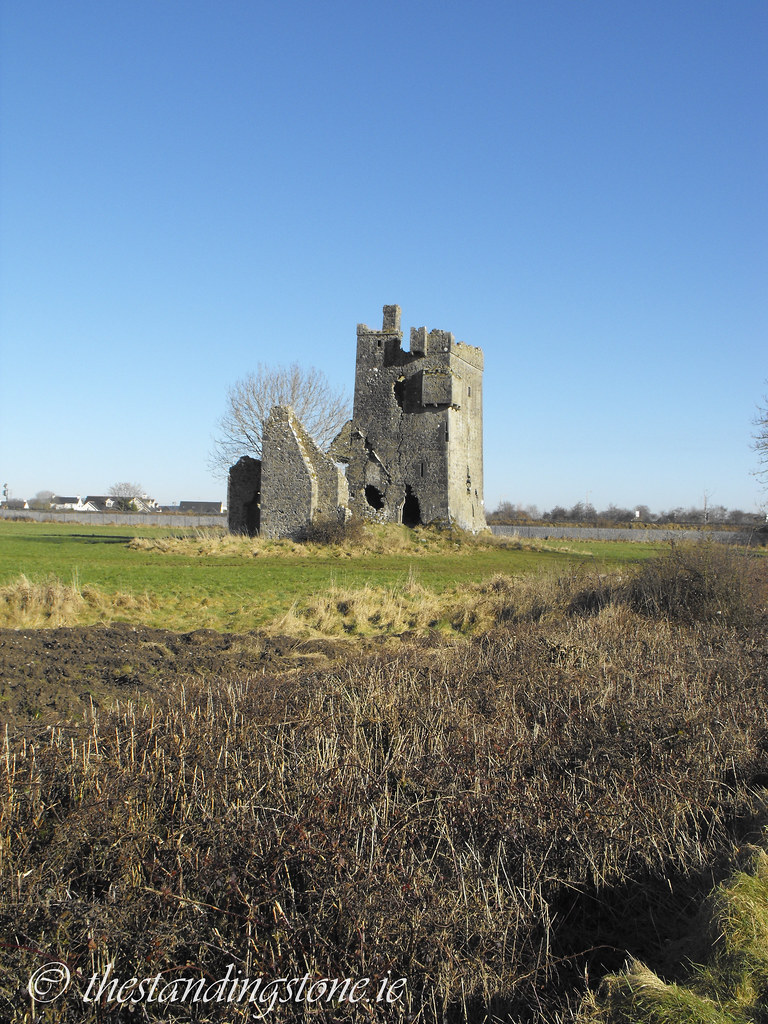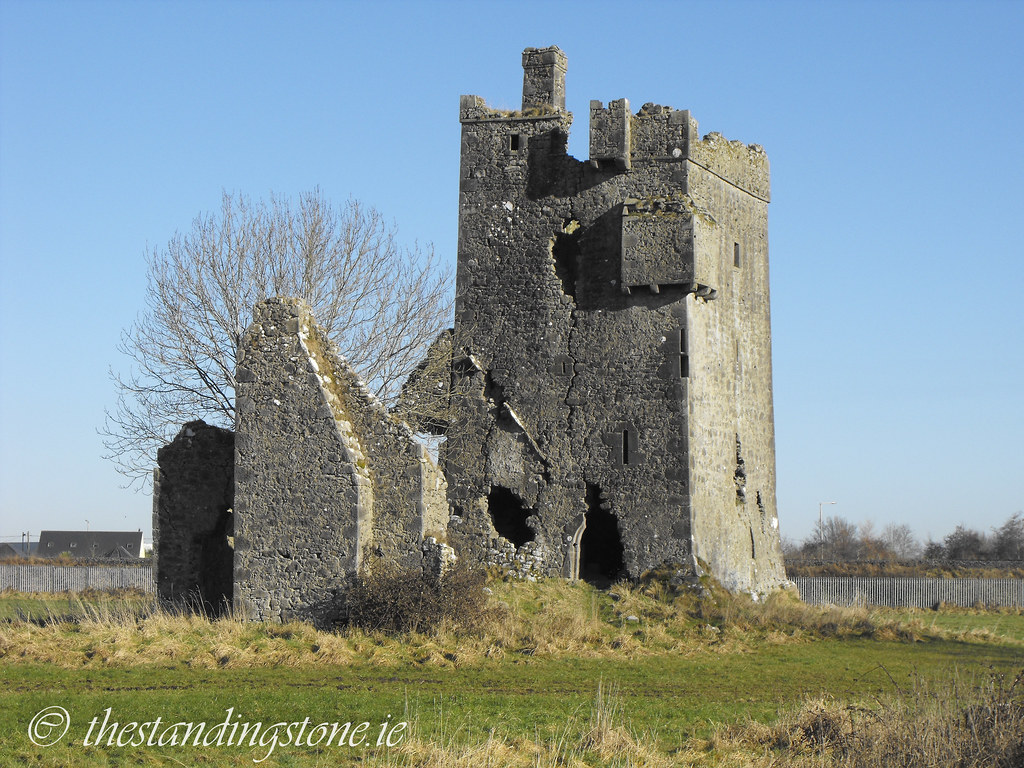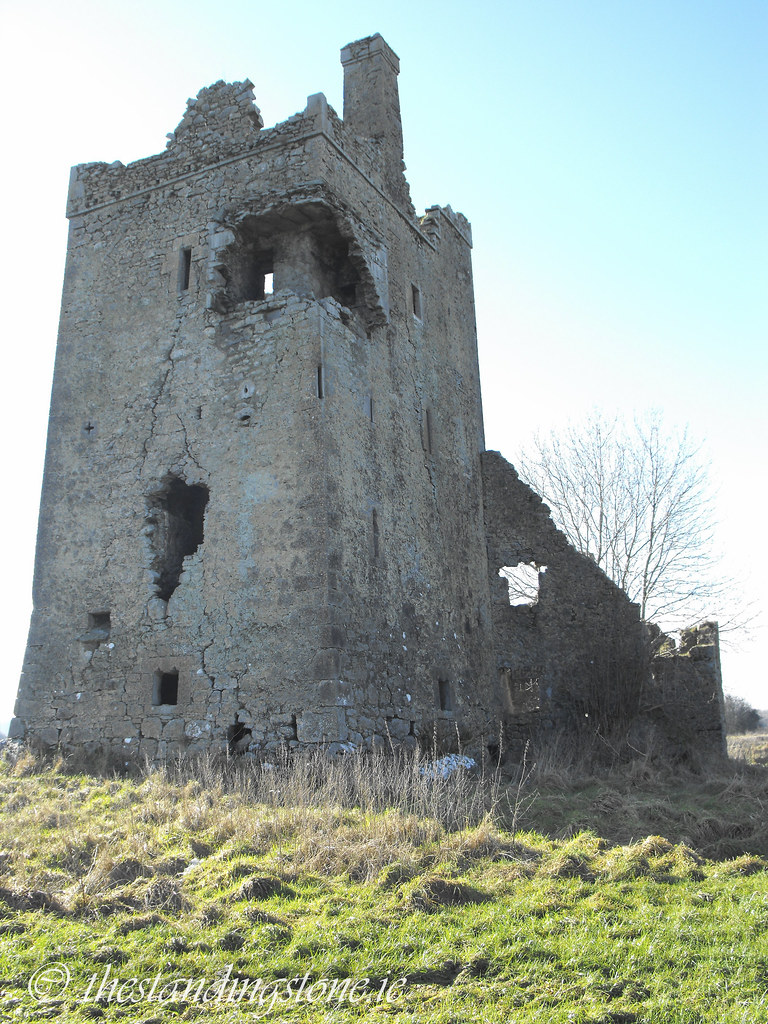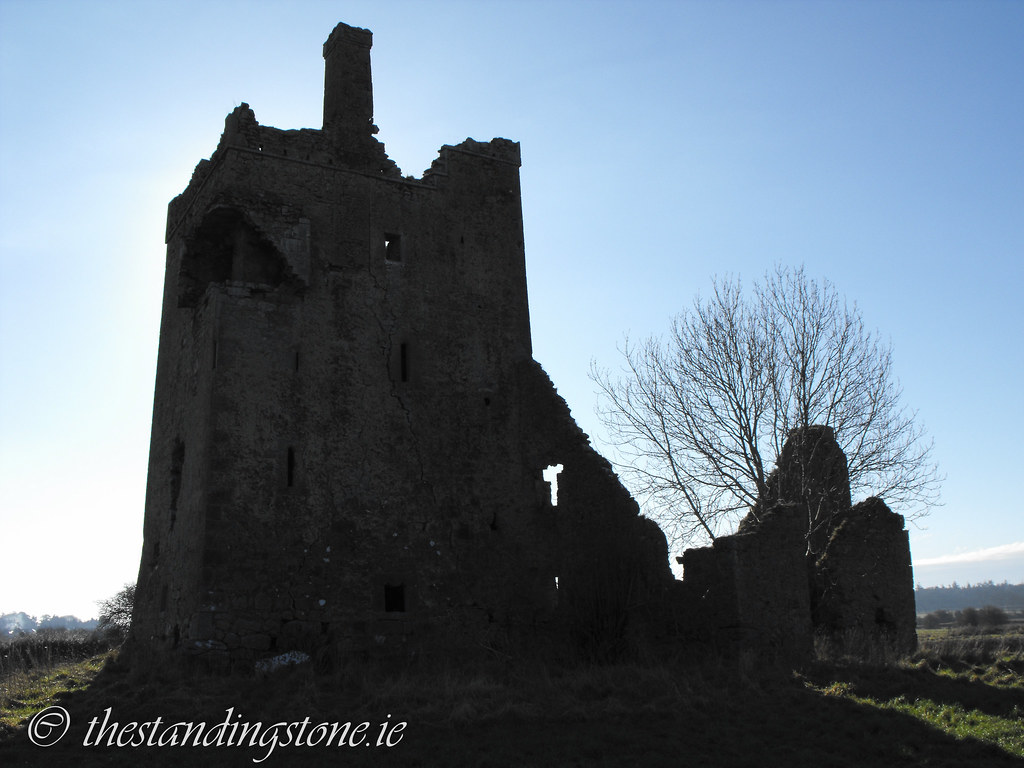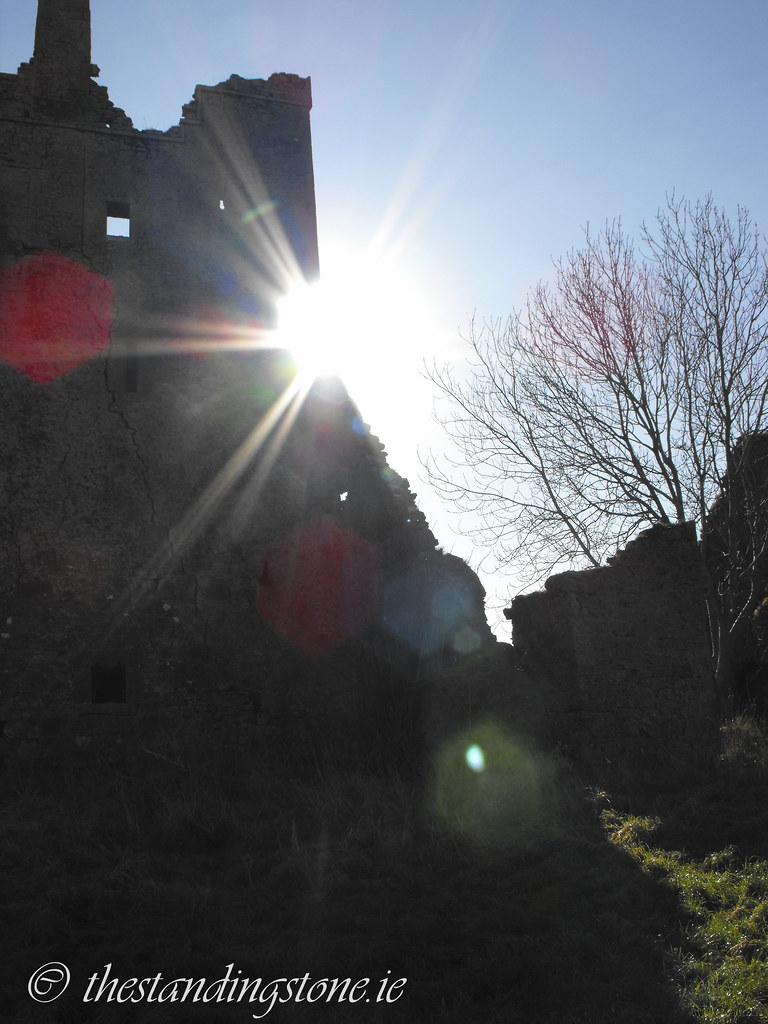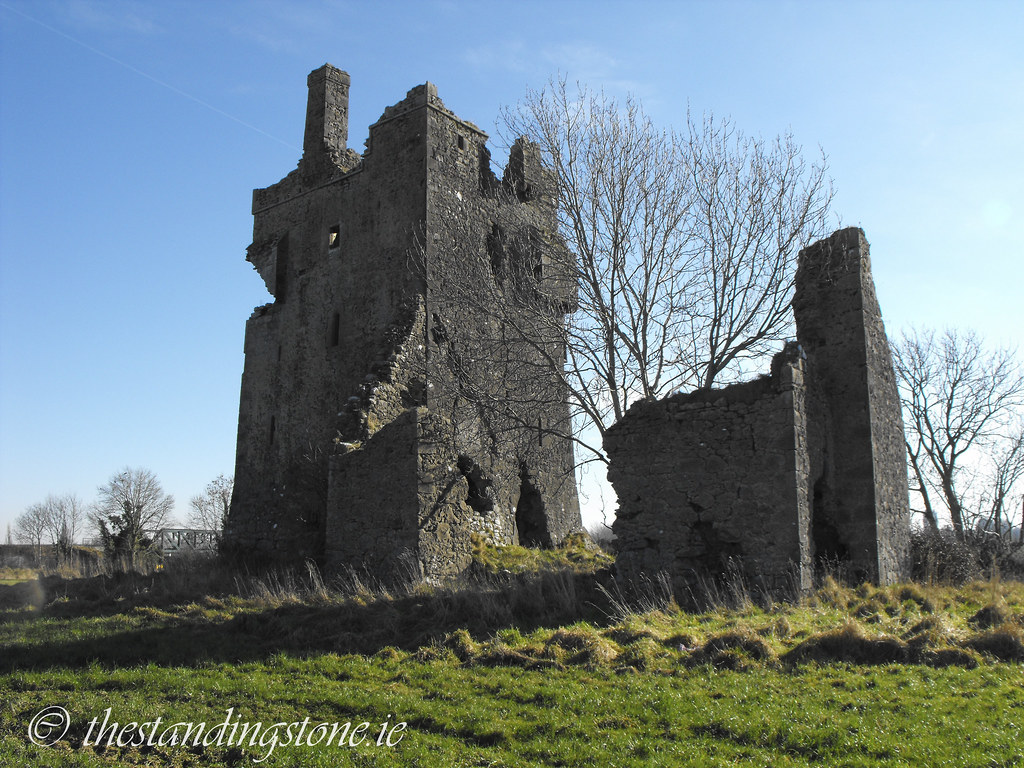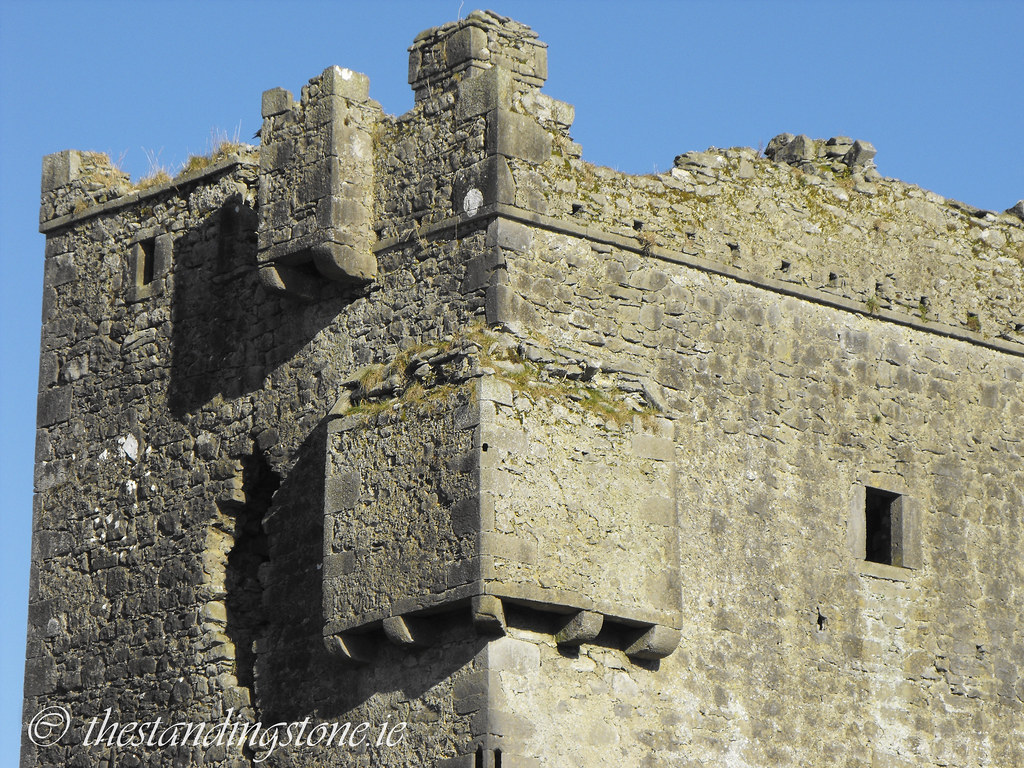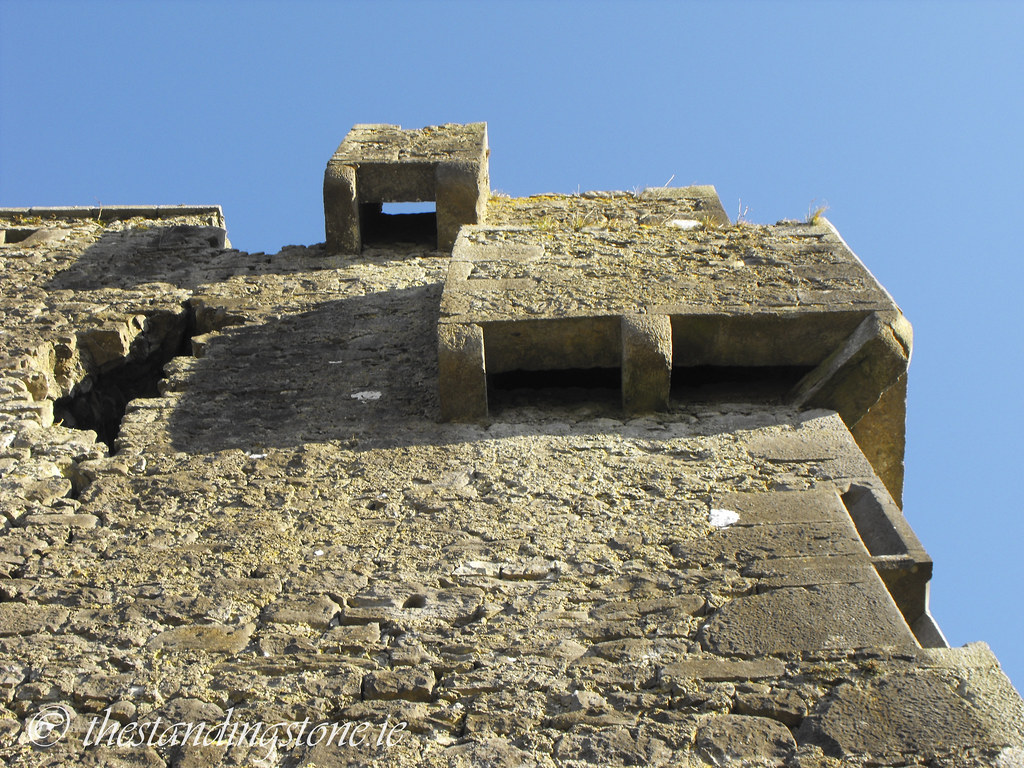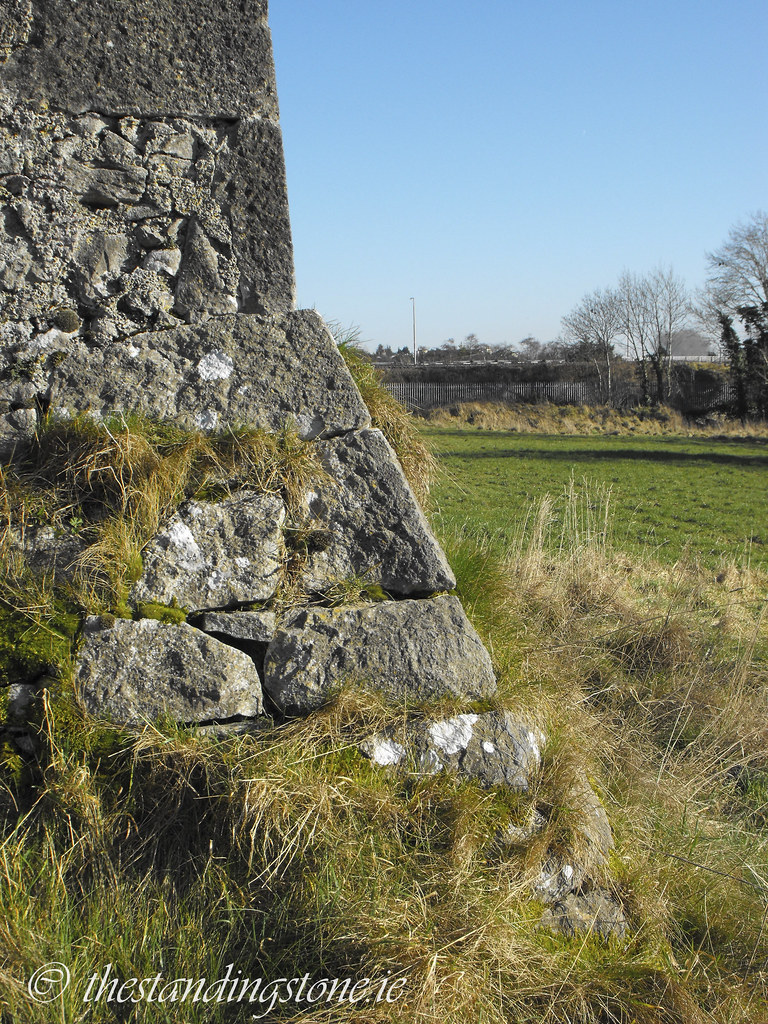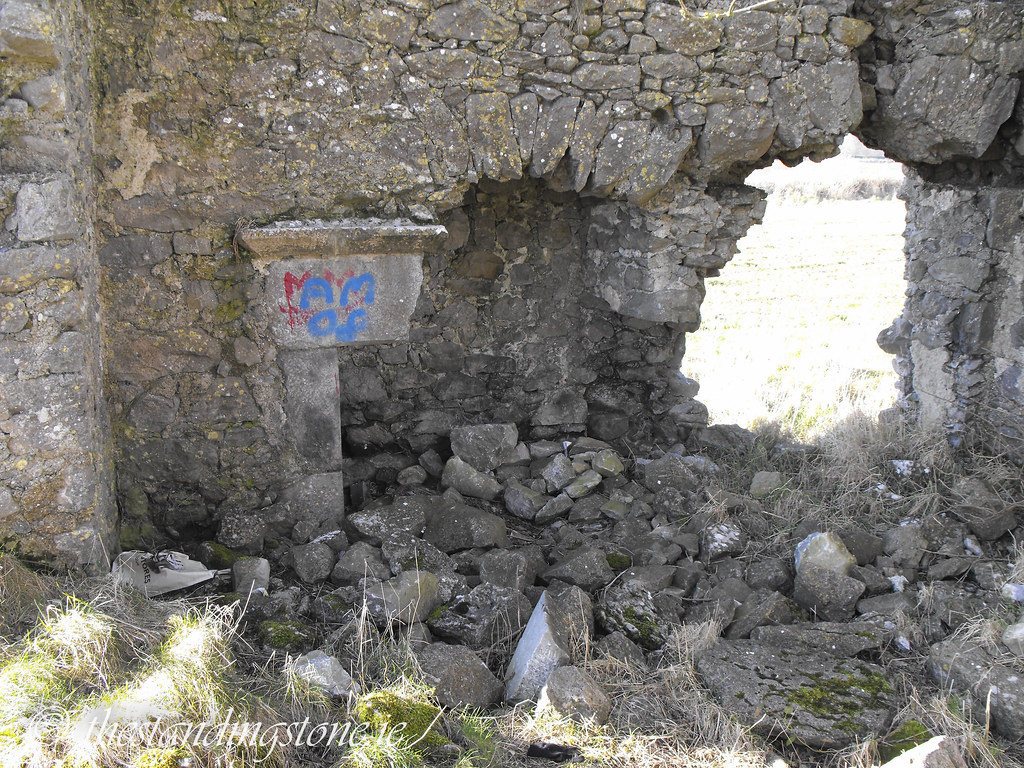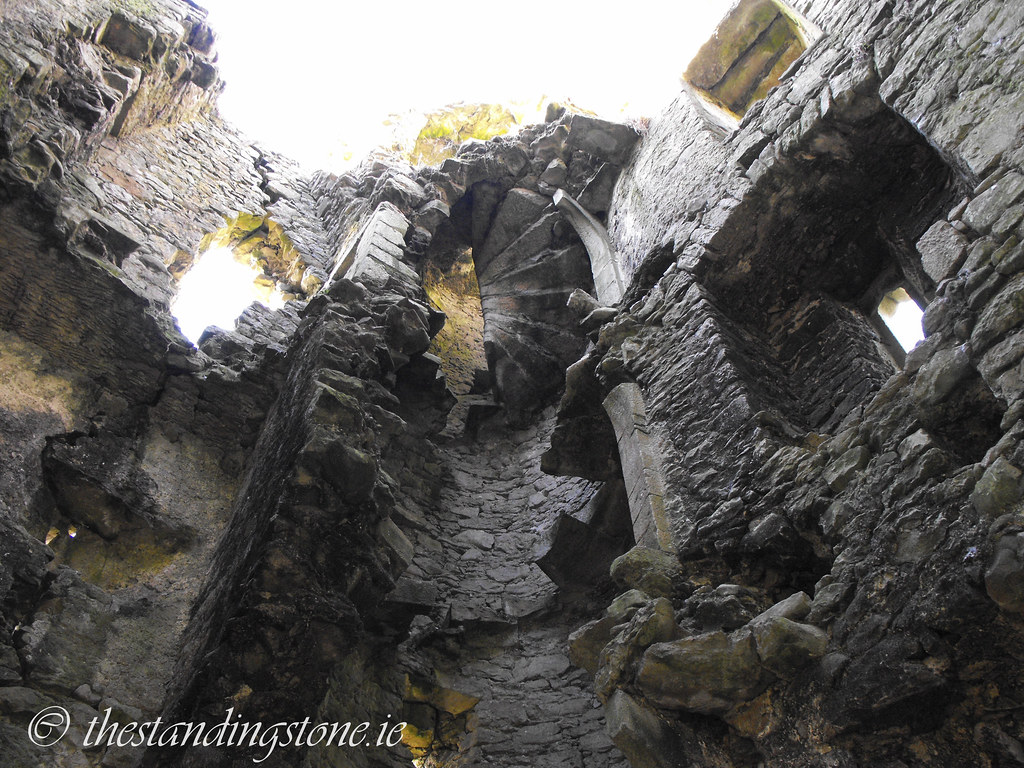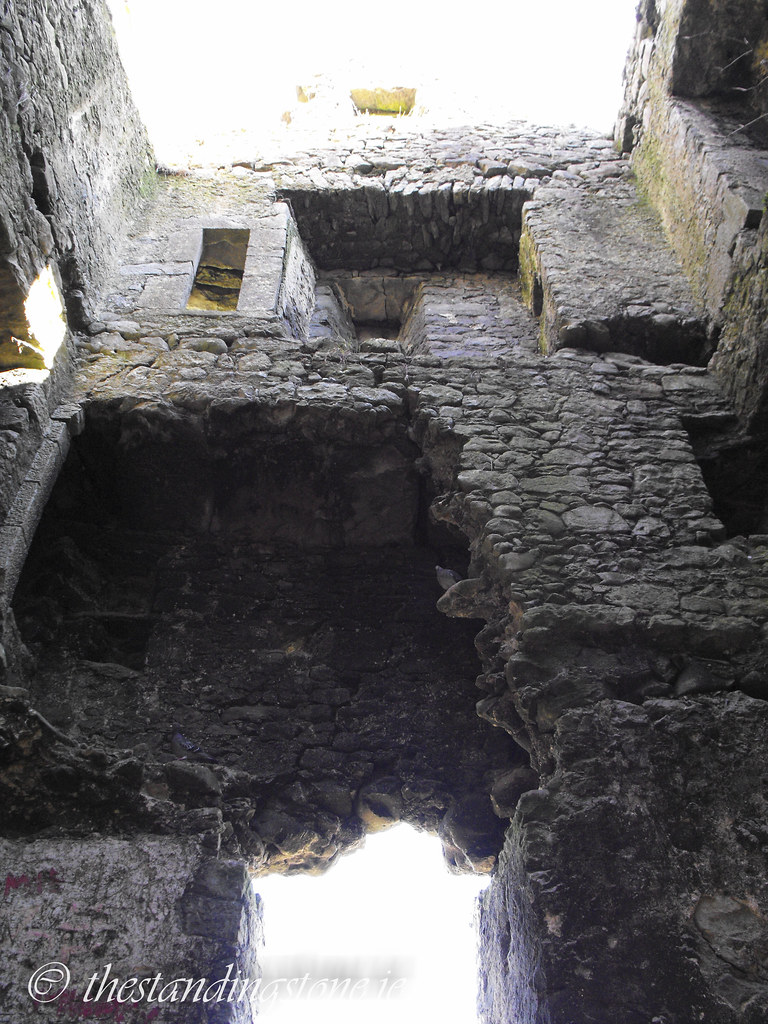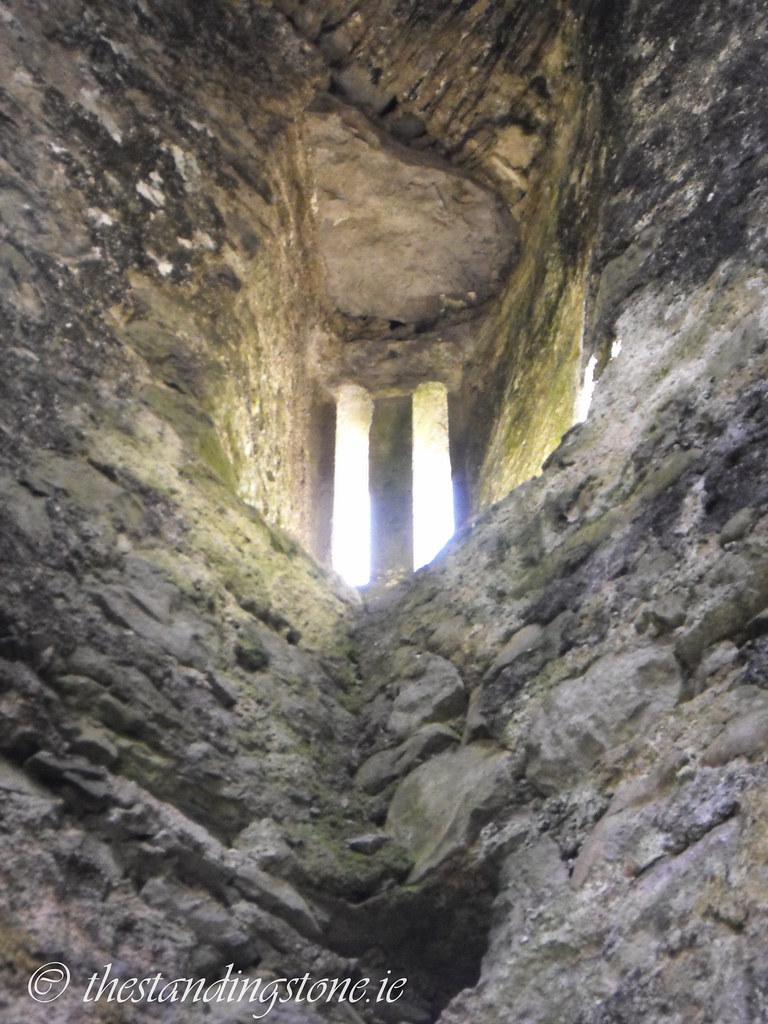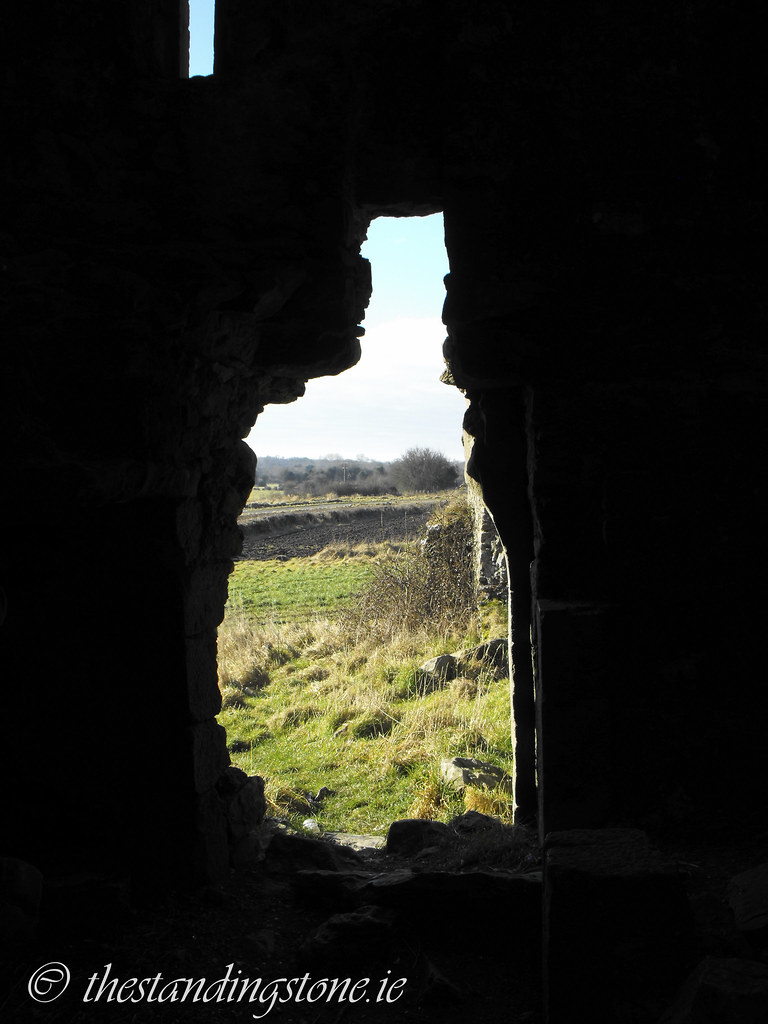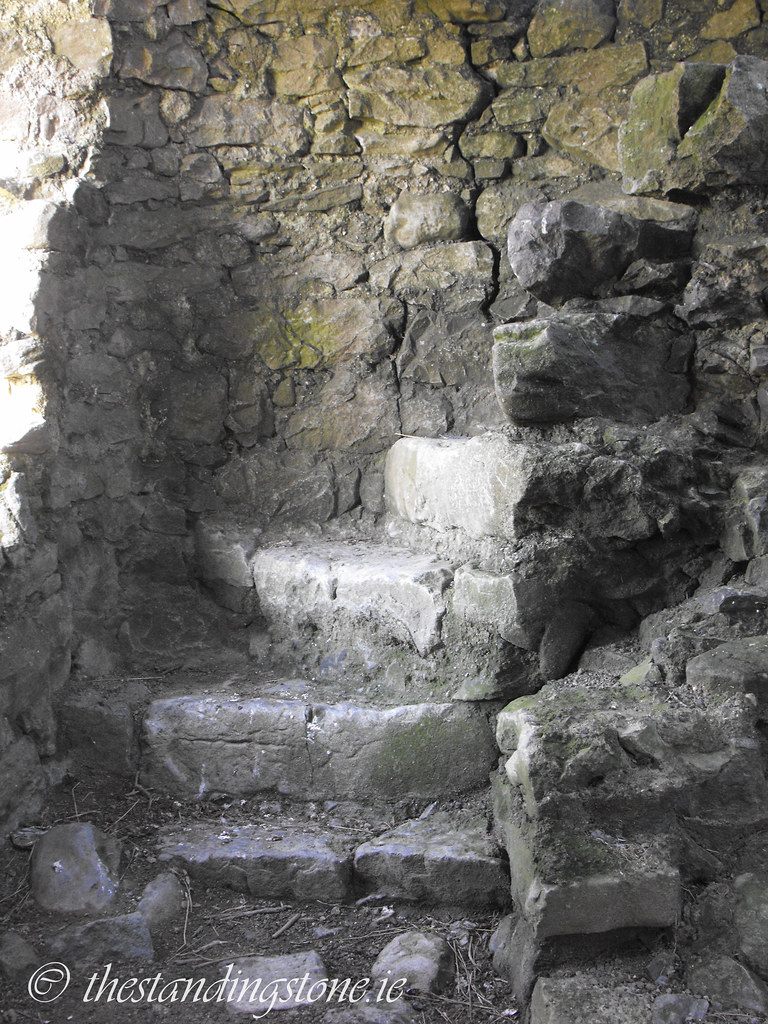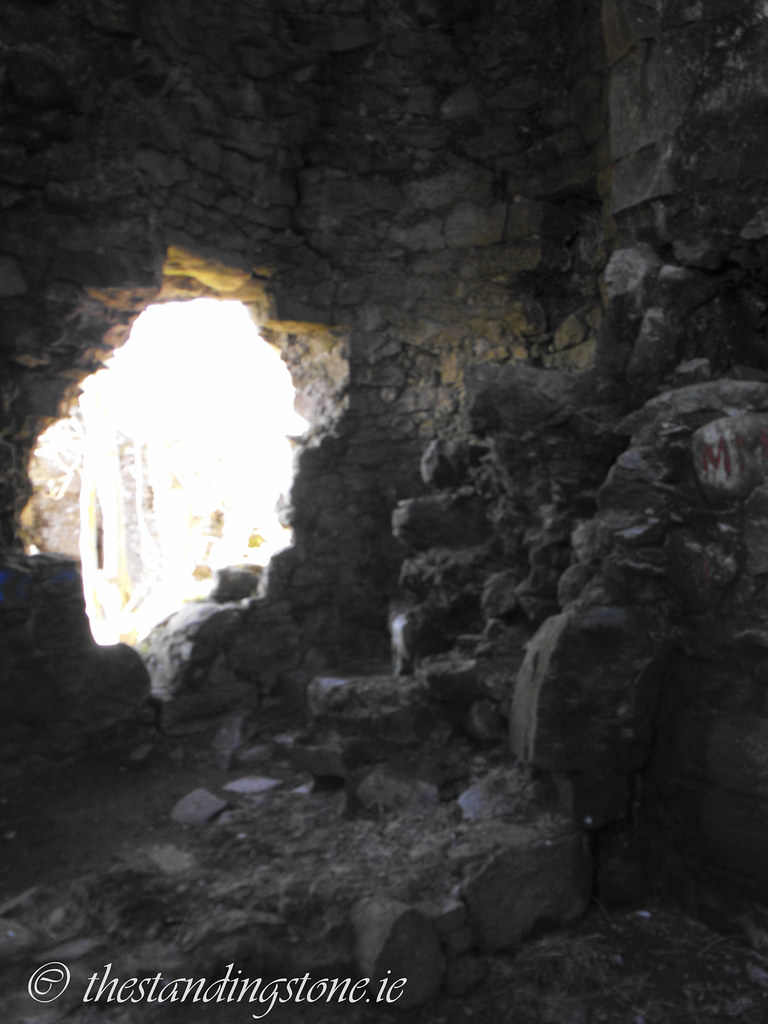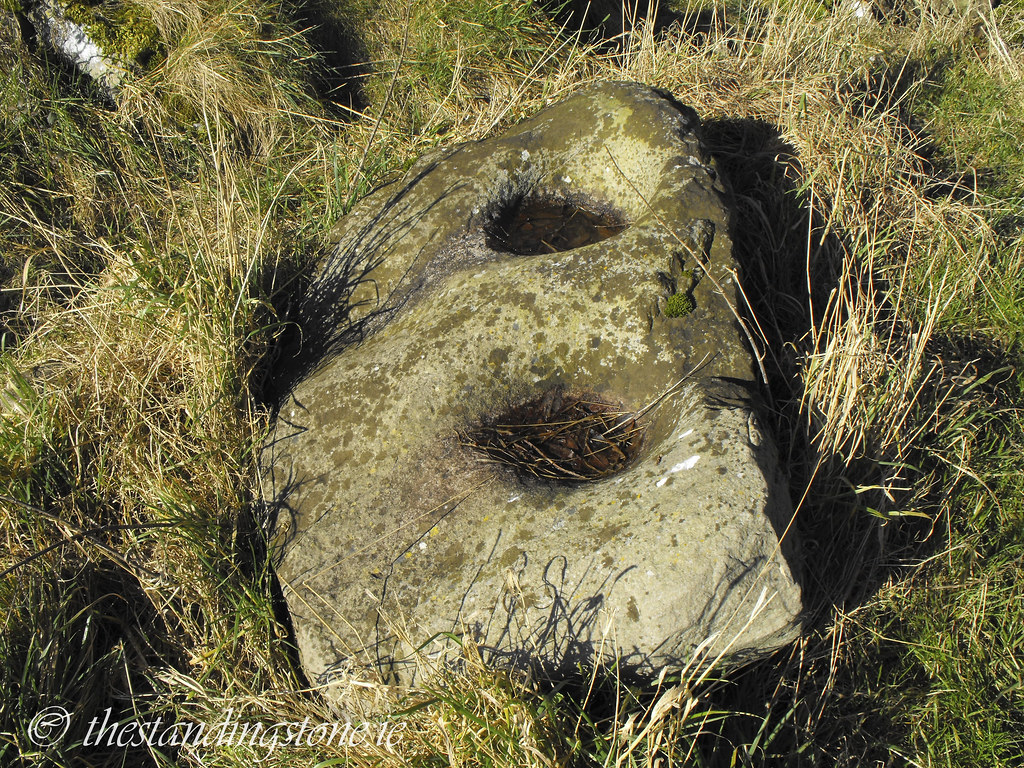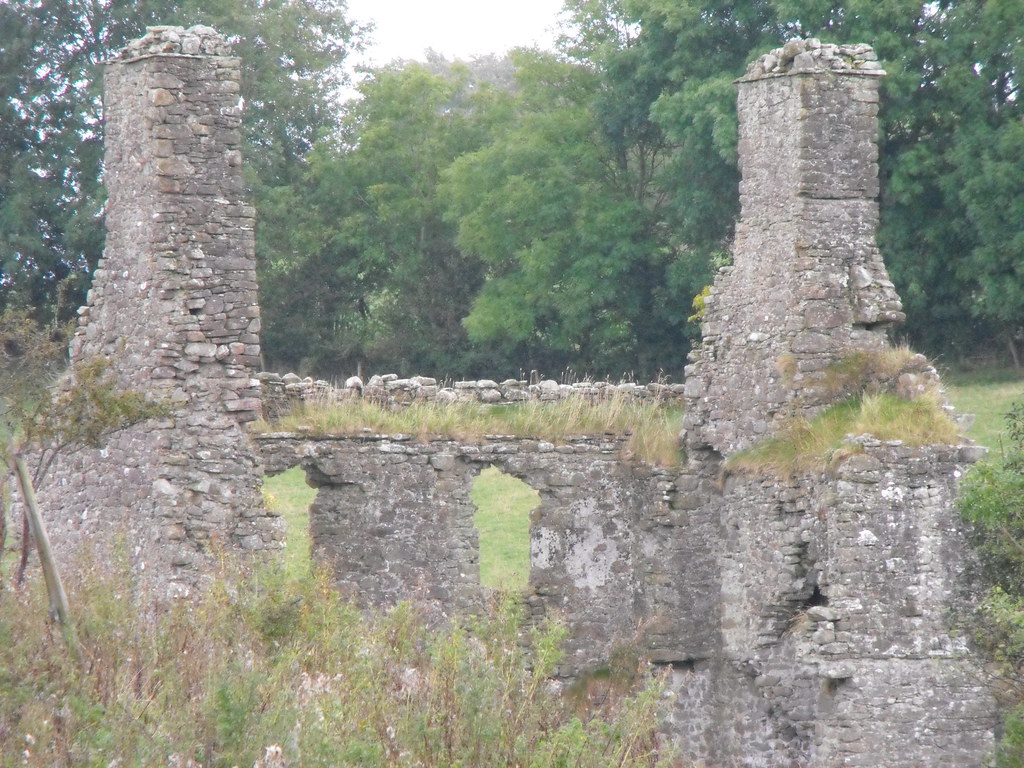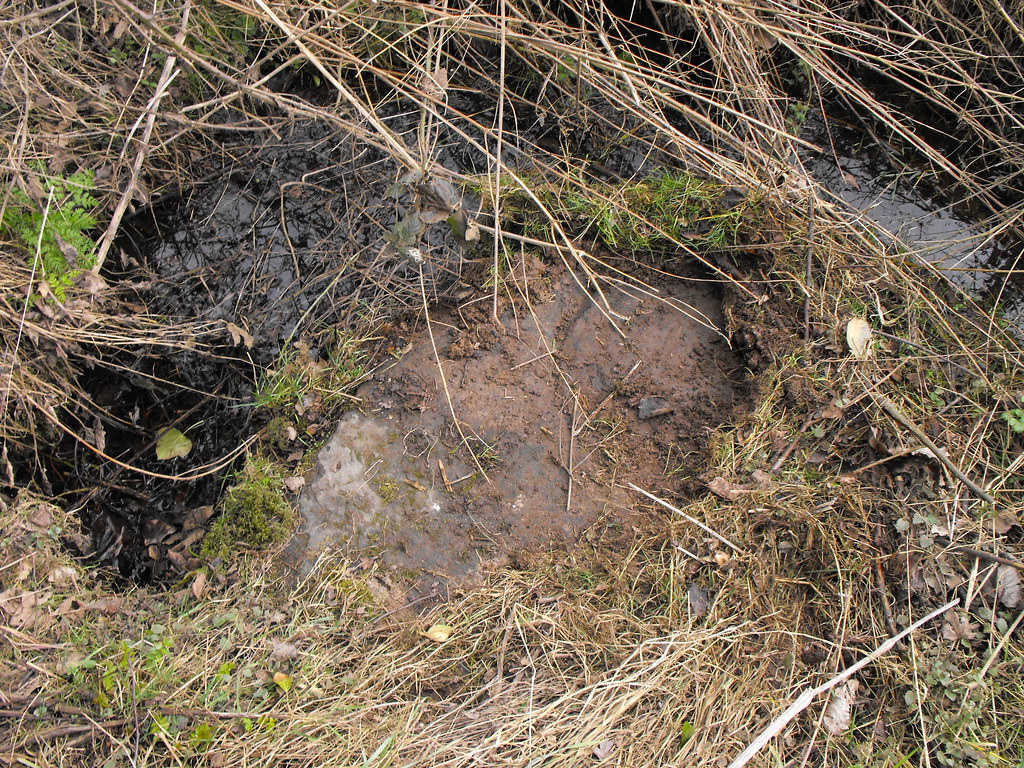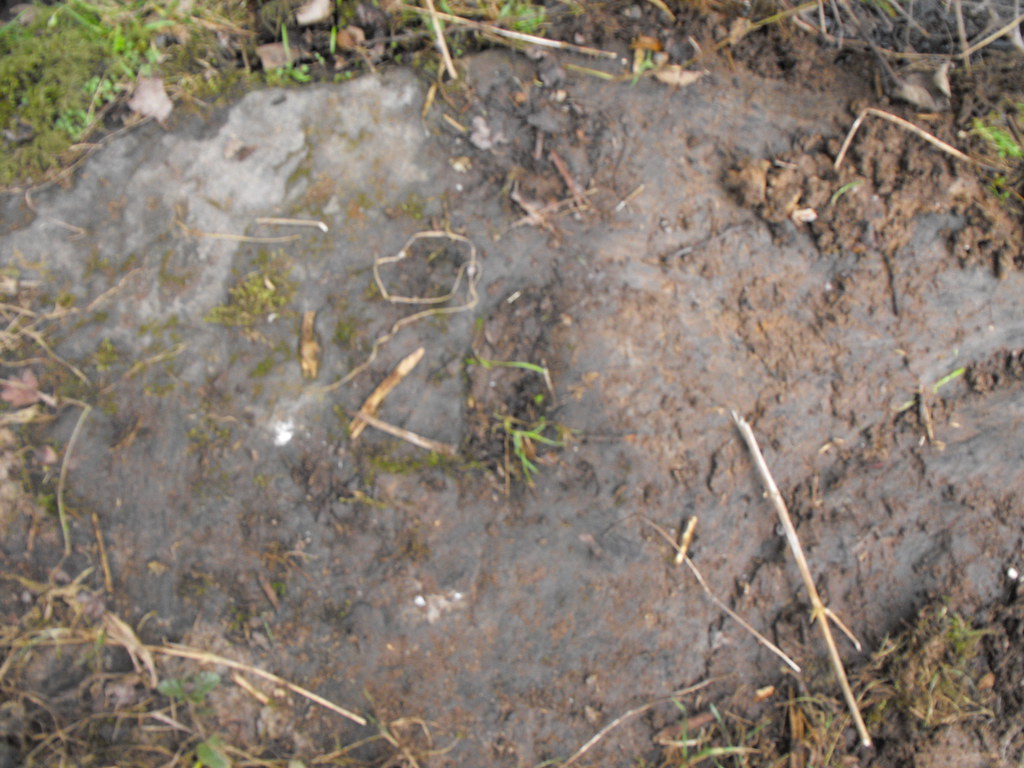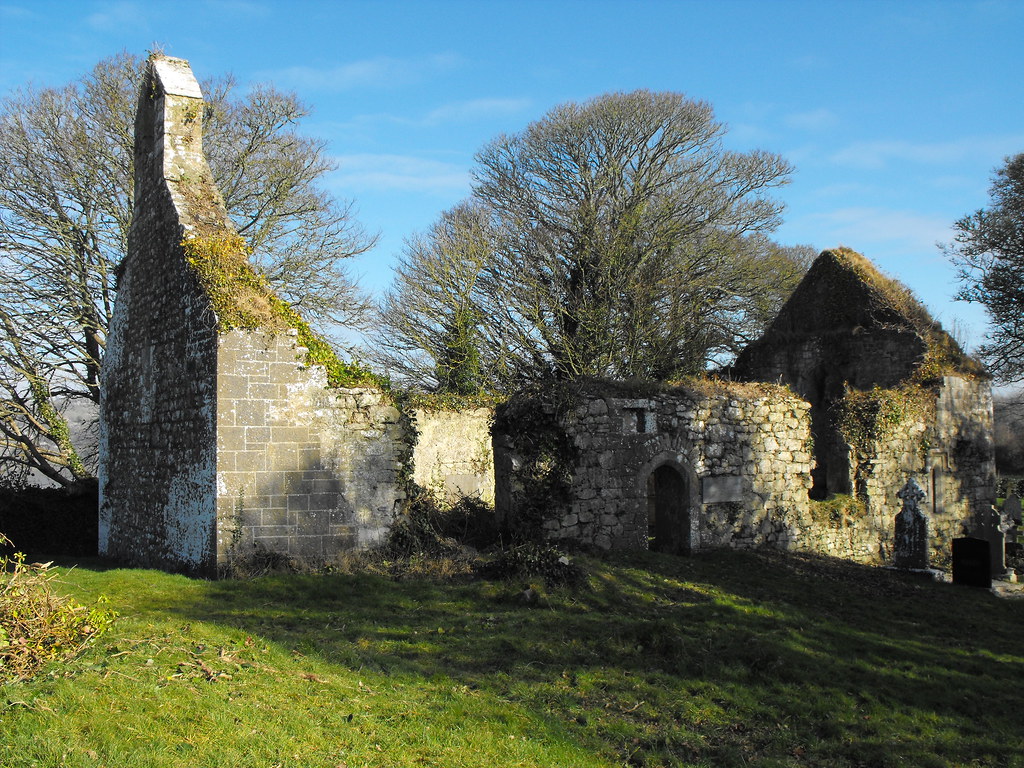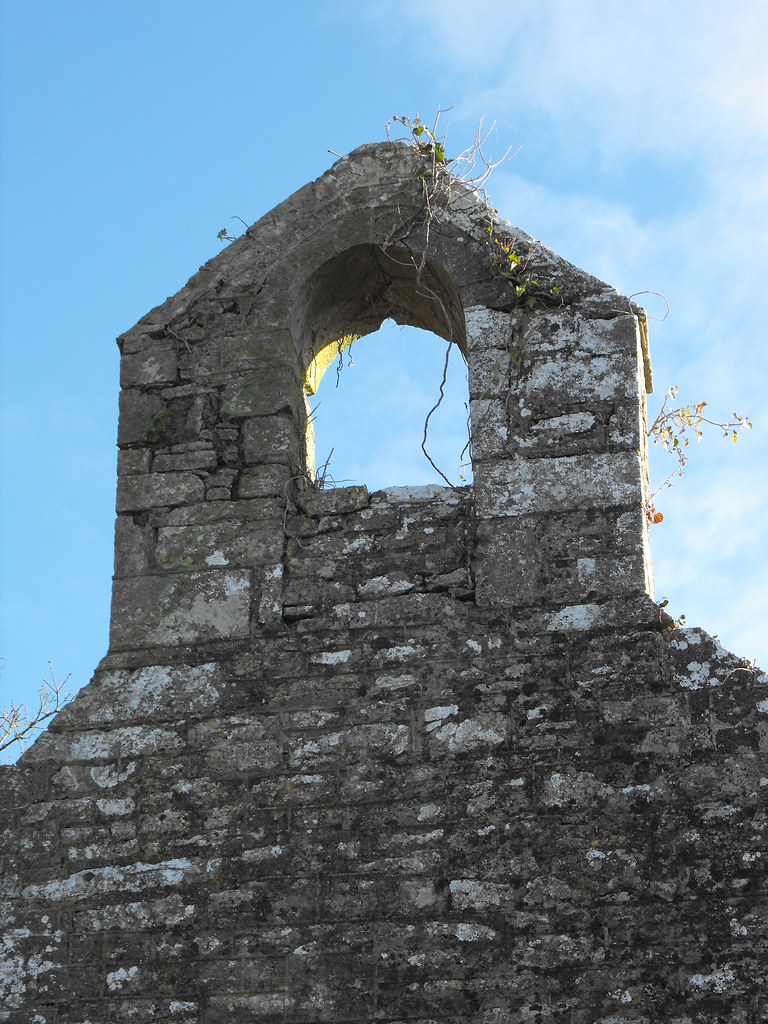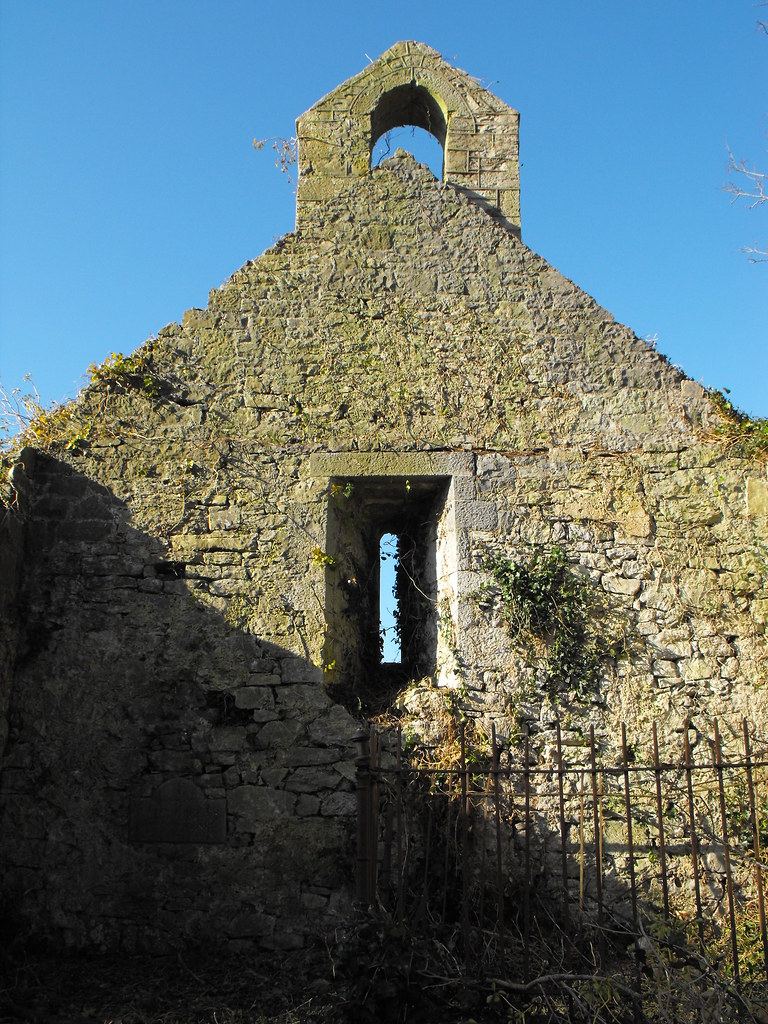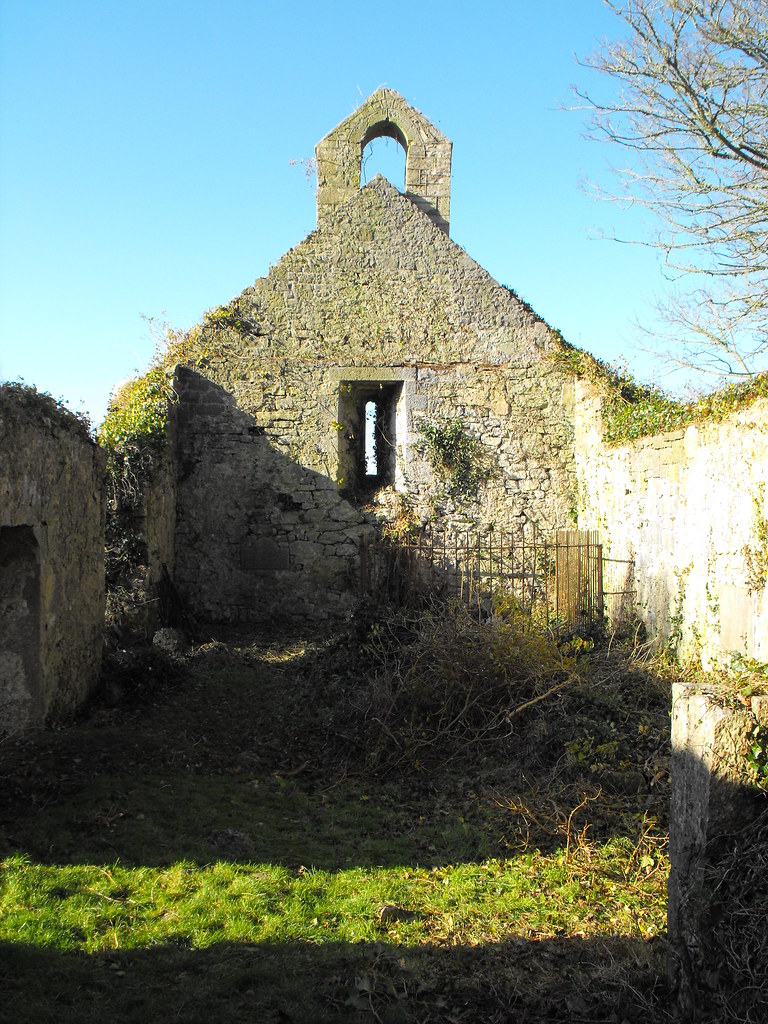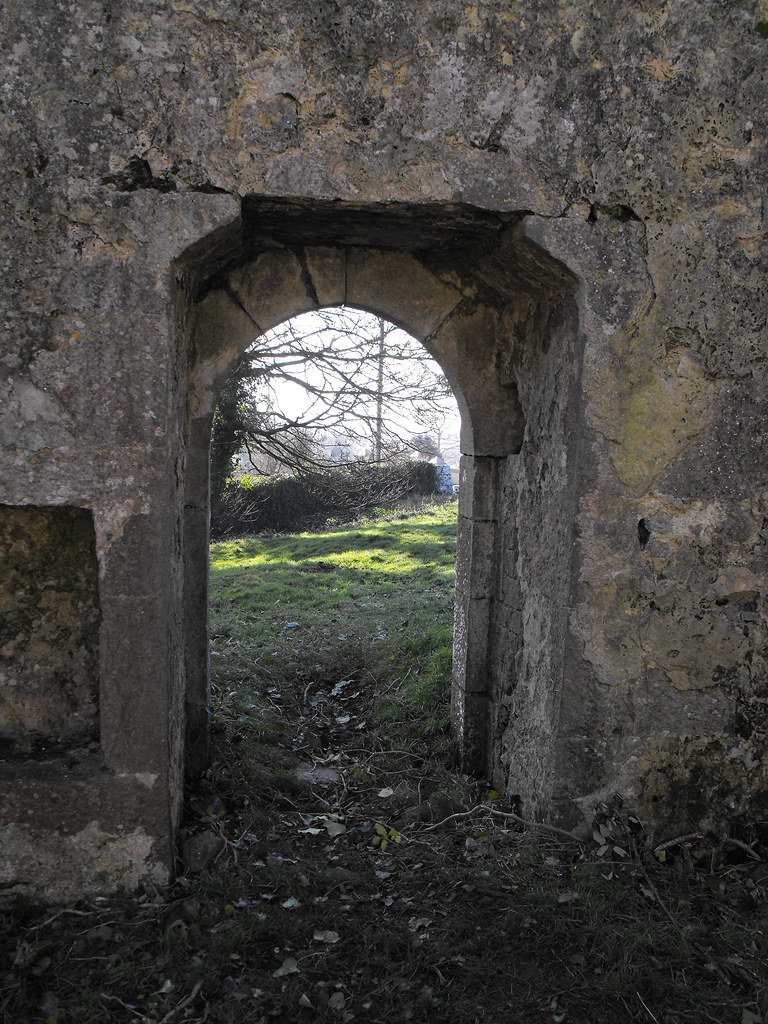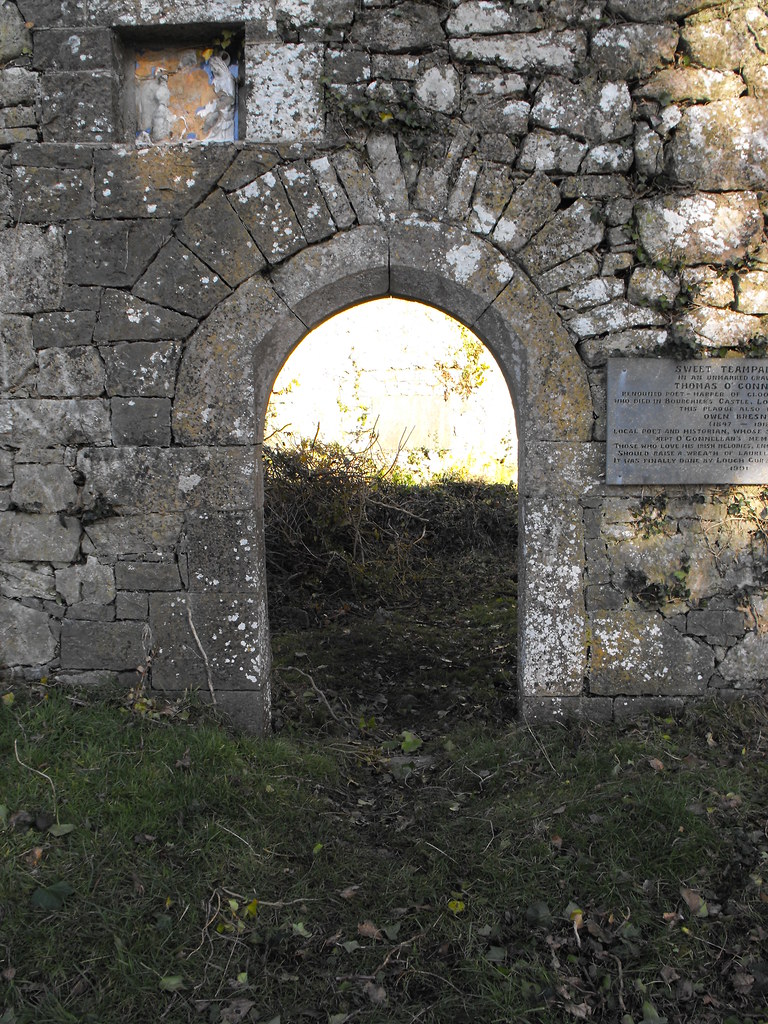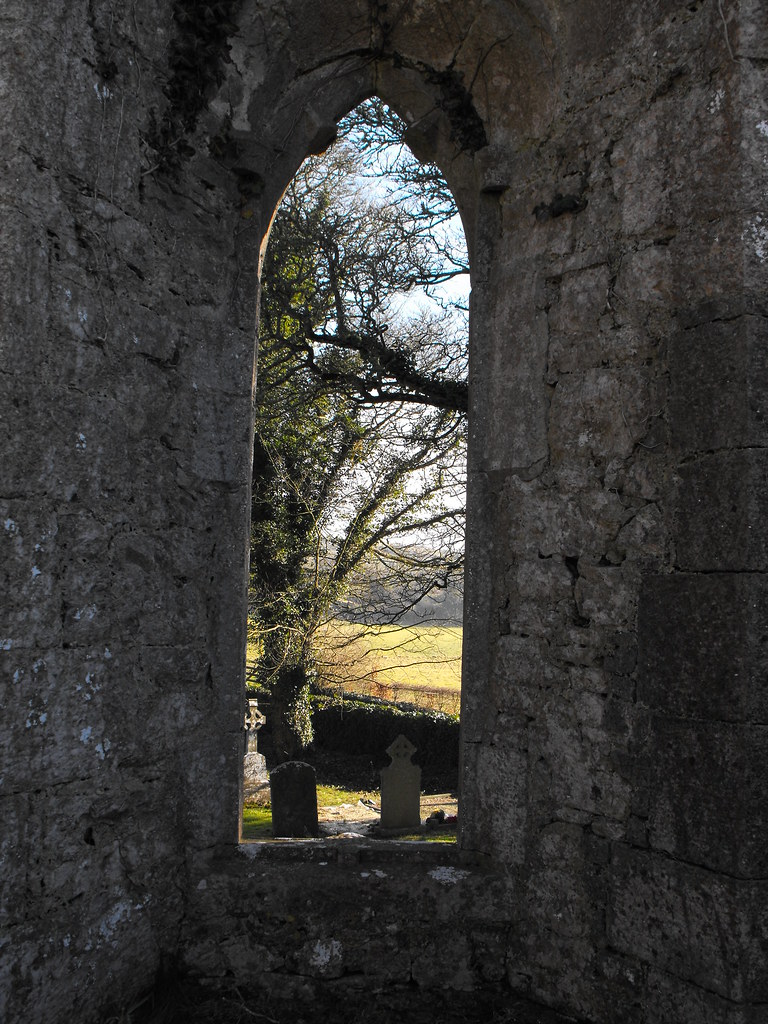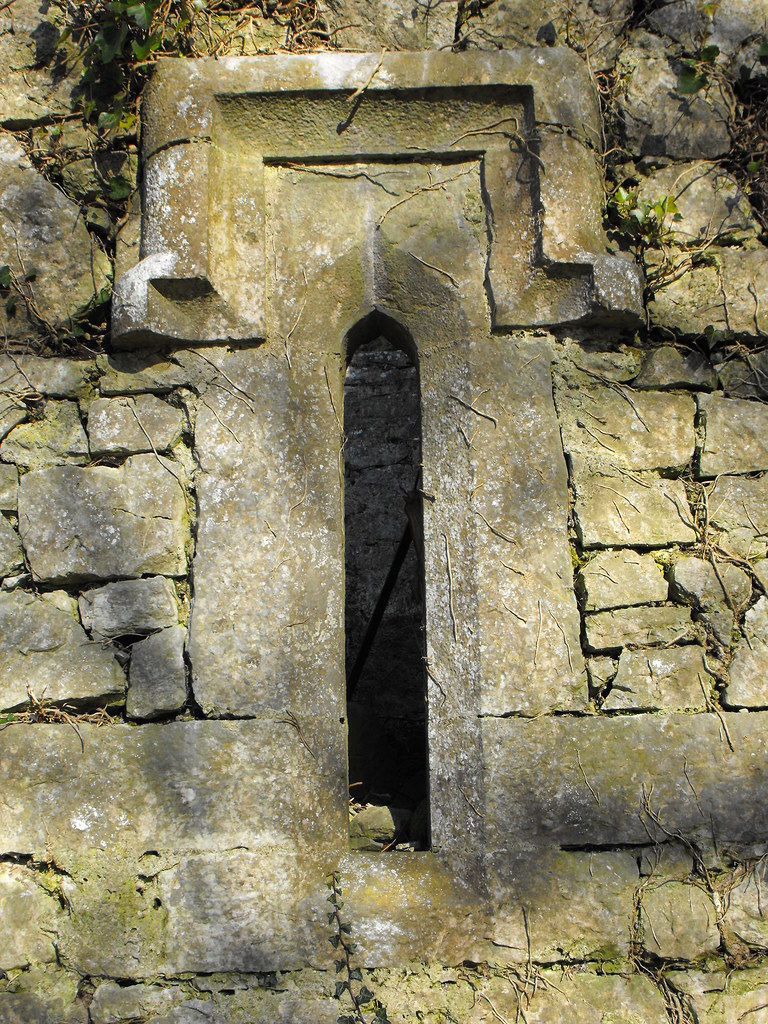Location – Just outside Tullamore town on the banks of the Grand Canal and next to the railway line. It is accessible from the R443 on the N side of the canal down the road that runs along it.
OS: N 328 252 (map 48)
Longitude: 7° 30' 30.55" W
Latitude: 53° 16' 32.75" N
GPS: N32785 25159 (Elevation: 59m – Accuracy: 12m)
Description and History – This site intrigues me somewhat because of the
bullaun stone, assuming that it what it is. The bullaun is not mentioned in the
Archaeological Inventory for County Offaly and I can’t find mention of it anywhere so either it’s not a bullaun or I’m the first one to spot it. Look at the picture below and you will see that it looks like a bullaun. The reason for its being here is puzzling. The nearest ecclesiastical site of only about 2m away so it is possible that it was brought from there. Whatever the reason it is interesting and makes this site special. However, the location of this site so close to Tullamore is a letdown. The interior of the site is littered with broken glass and beer cans. There is also a lot of graffiti both inside and out. Its location right next to a modern housing estate and a railway line really emphasise that this castle had now been lost in time. The world has moved on and the castle is slowly crumbling away as time passes.
The castle was built in 1588 by John Briscoe of Crofton Hall, Cumberland. It was four storeys high and measures about 7.5m x 9.8m. It is about 20m high. This castle is highly defended and has a prominent
base batter, two
bartizans (one is now destroyed),
machicolation and many
gun loops. The spiral stairs is now destroyed with only about ten steps at ground level. They are still in place above the third story but these cannot be accessed. Partial remains of doorways survive on the spiral staircase which would have led into the now missing rooms. Inaccessible
mural chambers survive on every floor and a fireplace and
garderobe can still be seen. The beginnings of a
barrel vault in the second floor can still be seen. The entrance to the castle is on the W wall. Also on the W wall are the remains of a later house that was built onto the side of the castle. A fireplace still survives in this later house – although there is some spray paint on it now.
The bullaun is about 1.5m long and has two large depressions in it. It is located near the W wall of the castle next to the remains of the later house.
Difficulty – Easy to find along the canal but you have to duck under some barbed wire to get access to the field so be careful. Also there is a lot of broken glass and litter at the site. This may not be a site to take small children to.
For more castles,
click here.
For more bullaun stones,
click here.
For more sites in Co. Offaly,
click here.
The castle as viewed from the canal.
Note the missing bartizan in this shot.
Machicolation and bartizan.
Fireplace in the attached house. It is a shame about the graffiti.
Stood in the castle looking up.
Gun loops from the inside.
Looking out of the doorway.
This window is later to the castle and does not match the narrow slits elsewhere. I can only assume this was added in less threatening times. It looks as if it might have been quite nice but the graffiti really detracts from it.
You can see that the spiral stairs survive further up the structure. Even if I could get up there I wouldn't trust them.
The remains of the spiral stairs at the bottom.
The puzzling bullaun.
View The Standing Stone in a larger map

